This longform report examines why many residents of Abuja say they are grateful to President Bola Ahmed Tinubu and the FCT Minister Nyesom Wike, catalogues the major infrastructure projects underway, and explores how visible delivery is shaping political sentiment ahead of 2027. The article uses official statements, media reports, and public reaction to present a balanced view.
Introduction
Nigeria’s Federal Capital Territory (FCT), Abuja, is the symbolic and administrative heart of the country. For residents and visitors alike, the quality of a nation’s capital often becomes shorthand for national capacity and ambition. In recent years many Abuja residents, civic stakeholders and commentators have reported notable changes in the city’s infrastructure and public works changes they attribute to the Tinubu administration and, in particular, to the Federal Capital Territory Minister, Nyesom Wike.
This report examines those claims, provides a detailed list and explanation of major projects being implemented in the FCT, and analyses why visible infrastructure delivery can influence political sentiment including why some residents say they will vote for President Bola Tinubu again in 2027. Where possible, we cite official statements and reputable news outlets to substantiate major factual claims.
Why Many Abuja Residents Say They Are Grateful
Public gratitude, especially when tied to political choices, is rarely a single-factor phenomenon. Based on local reporting, official statements, and interviews published in national media, several recurring themes explain why many Abuja residents express appreciation or support for the current administration:
- Visible roadworks and improved mobility. Residents often point first to newly completed or rehabilitated roads and expressways that ease traffic, shorten commute times, and reduce transport costs. These improvements have been widely reported and publicly inaugurated by the president and FCT officials.
- Investment in satellite towns and rural access roads. For years some satellite towns and area councils around Abuja lagged behind the central districts. The current administration has prioritized a number of rural and peri-urban roads and smaller-scale civic projects (schools, bridges, police posts) that residents say improve access to markets, education and healthcare.
- Perception of delivery and momentum. Many residents contrast the speed of recent inaugurations and visible construction with prior multi-year delays on some projects. For some voters, visible delivery provides the credibility needed to trust future promises.
- Government messaging and alignment. Official communications including speeches by the president and statements by the FCT minister have framed the works as part of a coherent agenda to modernize the capital and “open Abuja for business,” reinforcing public perception that the administration is focused on tangible outcomes.
- Hope for improved quality of life and economic opportunity. Better roads and connectivity attract businesses and housing developments, which some residents believe will broaden employment and commerce opportunities within and around the FCT.
While these themes underpin public sentiment in many quarters, it is important to emphasize that the views are not universal. Criticisms and questions about cost, pace, and distribution of benefits persist (and are discussed later in this report).
Context: Why the Capital’s Condition Matters
Abuja plays multiple roles: administrative capital, diplomatic hub, commercial centre for federal operations, and national symbol. For citizens and external observers, the state of Abuja’s infrastructure reflects on national governance. The perception that a capital city should be modern and well-maintained informs public expectations: when visible decay exists alongside abundant national resources, frustration grows and when improvement occurs, appreciation can be strong.
That dynamic is visible in recent public commentary. Many residents say the city “was not befitting” a country of Nigeria’s size and economic potential citing aging carriageways, potholes, inconsistent drainage, and uneven development across the FCT and that the current program of works feels corrective in tone.
Summary of Major Projects and Where They Stand (Selected)
The following is a catalog of major projects the FCT administration has highlighted and national media have reported. It is not exhaustive, but it covers the load-bearing projects frequently referenced in public statements and news coverage.
- Inner Northern Expressway (INEX) Right-hand service carriageway (Ring Road III to Outer Northern Expressway / Murtala Mohammed Expressway): The INEX carriageway was inaugurated in a ceremony that included the President and FCT officials. The project is described as a major north–south artery that will ease flow and improve connections to industrial and outlying districts.
- Southern Parkway (also called the Bola Ahmed Tinubu Way in local coverage): Inaugurated as a southern orbital link to relieve older arteries and to connect new southern development zones. The road has been presented publicly as one of the visible symbols of the FCT’s renewed investment push.
- Complete or rehabilitated rural/satellite town roads: A set of six roads commissioned and several more scheduled for commissioning, including Paikon-Kore–Ibwa (Gwagwalada), Gaba–Tokulo (Bwari), and others spanning Kwali and Kuje area councils. The FCT administration has emphasized these as part of an inclusive development strategy.
- Allocation of large capital budget to road completion: Public statements indicate over N1 trillion earmarked in the 2025 FCT statutory budget to complete 14 major road projects, signaling fiscal commitment to infrastructure.
- Local access roads, erosion control and bridges: Several district-level projects target erosion mitigation, bridge construction and local access improvements measures that reduce flood risk and protect road investments over time.
Detailed Look: Selected Projects, Objectives and Expected Impact
1. Inner Northern Expressway (INEX) Right-hand Service Carriageway
Objective: To improve connectivity between Ring Road III and the Outer Northern Expressway (Murtala Mohammed Expressway), open up northern corridors for development, and reduce bottlenecks on key commuter routes.
Status: The right-hand service carriageway was publicly inaugurated and received significant media attention as a visible, completed project. Officials framed the completion as part of a broader push to “open Abuja for business.”
Impact: The carriageway is intended to shorten journey times for commuters, connect industrial and residential clusters more efficiently, and lower transportation costs. For residents who travel daily between suburbs and the city center, such roadworks translate immediately into time saved and reduced vehicle wear.
2. Southern Parkway and Linked Expressways
Objective: To construct a southern orbital route that distributes traffic flow and connects emerging southern development zones with the inner city and the Ring Road system.
Status: The Southern Parkway was inaugurated and often presented in official statements as evidence of rapid progress in central urban planning and infrastructure delivery.
Impact: The project aims to reduce pressure on older southern arteries, encourage housing and commercial investment in southern districts, and create alternate routes for inter-district travel.
3. Paikon-Kore–Ibwa Road and Other Area Council Projects
Objective: To improve access in area councils like Gwagwalada, Kuje, Kwali and Bwari, and to reduce rural–urban disparity within the FCT.
Status: Several area council roads have been completed and commissioned; more are scheduled for handover. Official briefings have highlighted that hundreds of kilometres of satellite town roads have been built or rehabilitated.
Impact: Shorter travel times for agricultural traders, increased school attendance where access barriers were previously high, and improved security and emergency response times thanks to better roads and bridges.
4. Erosion Control, Bridges and Local Resilience Works
Objective: To prevent loss of road assets to seasonal flooding, protect adjacent properties, and ensure the longevity of the road network.
Status: Projects in Kaura and other districts have been flagged for erosion control and bridge construction as part of a resilience agenda.
Impact: These works make the capital more resilient to extreme weather, reduce emergency repair costs, and protect household incomes in flood-prone zones.
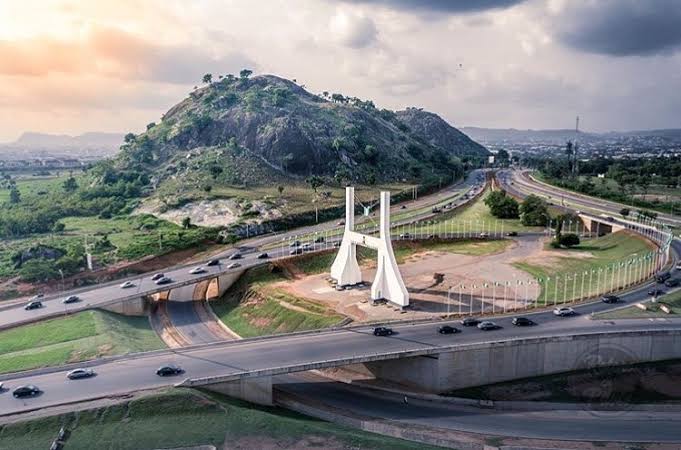
5. Institutional and Civic Works
Objective: To invest in institutional residences, public buildings, schools, and police divisions to support governance and public service delivery.
Status: Plans and some implementations have been reported; these works are aimed at strengthening civic infrastructure across the FCT.
Impact: Better civic infrastructure helps the judiciary, public service and security services function more reliably and gives citizens confidence in public institutions.
Why Visible Delivery Shapes Political Sentiment
Infrastructure is a classic metric by which voters judge governments. Several mechanisms explain how visible works translate into political support:
- Direct utility: Roads, bridges, and local amenities produce immediate, measurable improvements in daily life shorter commutes, lower transport costs, easier market access. When voters feel an improvement in their pocketbook or quality of life, they often credit the government responsible.
- Symbolic proof of competence: Completed projects serve as tangible evidence that government can plan and execute. In contrast to rhetoric, physical works are hard to dispute and can shape public narratives.
- Media amplification: High-profile inaugurations cheerleaders a sense of momentum; politicians leverage such events to communicate progress. This amplifies the perception that a coherent strategy is yielding results.
- Psychological continuity: For some voters, continuity matters. If a program is underway and shows promise, the electorate may prefer continuity to avoid disrupting progress midstream.
These mechanisms help explain why many residents say they are grateful and why some publicly declare an intention to support the incumbent in 2027. It is worth noting, however, that voting decisions are personal and multifaceted; visible infrastructure is only one of several determinants.
Public Messaging and Official Statements
Both the Presidency and the FCT administration have publicly framed the works as part of a broader development agenda. At several public events, the president has personally commended the FCT minister and used inauguration to highlight national priorities. Media outlets and official press releases have reproduced these statements in the context of inauguration and budget announcements.
For example, in June 2025 the administration publicly marked the inauguration of a major section of INEX and highlighted the allocation of significant capital funds for completion of 14 road projects across the FCT for that fiscal year. These public accounts provide the basis for residents’ perceptions of both scale and intent.
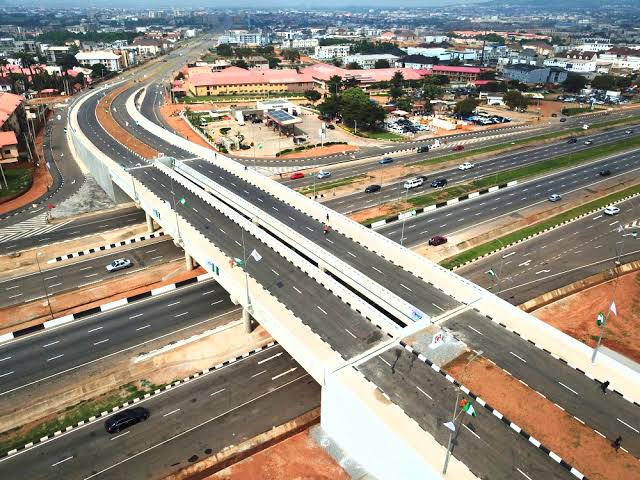
Criticisms, Caveats and Areas of Concern
While many residents express gratitude, important criticisms and concerns remain and they influence how durable political support might be.
1. Cost and Inflationary Pressure
Some projects awarded earlier have been completed at higher nominal cost due to inflation and variation orders. Citizens and oversight groups often ask for more transparency on variations and procurement processes to ensure value for money.
2. Pace versus Expectations
Although many works are visible, a number of important projects remain under construction or pending. Some residents urge faster completion, while others warn that speed should not compromise quality.
3. Maintenance and Sustainability
Building roads is one thing; maintaining them is another. Public trust in the long-term value of new infrastructure depends on a robust maintenance strategy and sufficient recurrent budget allocation.
4. Equitable Distribution
Residents in the heart of the city often see change first. Ensuring that less visible districts and marginalized communities receive benefit remains a priority for critics.
5. Demand for Transparency
Citizens and civil society groups often request more detailed project breakdowns, contractor names, timelines and audit trail information to guard against corruption and mismanagement.
Voices from Abuja
In public forums, radio call-ins and social media, a variety of voices express gratitude, skepticism, and cautious optimism. Below are anonymized, representative snapshots of public sentiment gathered from press coverage and public comment threads:
“The new roads have made market days easier. My journey to the city now takes half the time it used to.” Market trader, Gwagwalada (quoted in local coverage)
“We welcome the works, but we want to see detailed budgets and maintenance plans. Roads that are not maintained will fail us in a few years.” Civil society representative
These voices illustrate the blend of gratitude and accountability many residents express: appreciation for tangible improvements, combined with demands for transparency and long-term planning.
How This May Affect Voting Intentions for 2027
Visible infrastructure can be a significant factor in electoral calculus, but it rarely acts alone. The following factors will likely combine to shape voting behavior in 2027:
- Track record of delivery by 2027: If the administration completes planned projects and demonstrates maintenance and inclusiveness, political gains may solidify.
- Economic context: Macroeconomic conditions, inflation, unemployment and personal finances will mediate voters’ responses to infrastructure gains.
- Perceptions of fairness: If benefits are broadly felt across different demographics and districts, political support is more durable.
- Alternative narratives: Political opponents will offer competing accounts of performance, so public information and independent audits will shape the debate.
Therefore, while many in Abuja say they are grateful and some signal an intention to re-elect the incumbent, such pronouncements are contingent on follow-through, accountability, and the wider political and economic environment between now and 2027.
Analysis and Conclusion
Infrastructure delivery in a capital city is both practical and symbolic. The Tinubu administration’s focus on completing roads and expanding investment into the Federal Capital Territory spearheaded publicly by FCT Minister Nyesom Wike has produced visible outcomes that many residents welcome. These deliverables explain, in part, the gratitude expressed by sections of Abuja’s populace and why some say they would vote to extend the current administration’s mandate into 2027.
However, gratitude is only one factor in democratic choice. Durable political support will rest on long-term maintenance, fiscal transparency, equitable distribution of benefits, and the state of the national economy. The administration’s ability to respond credibly to those concerns will determine whether the early positive impressions translate into sustained political support.
Finally, this story illustrates broader lessons for governments everywhere: visible, well-planned infrastructure can shift public sentiment rapidly; but sustaining that trust requires consistent maintenance, transparent procurement, and clear communication with citizens. For Abuja, the coming years will test whether the initial momentum evolves into lasting, inclusive transformation.



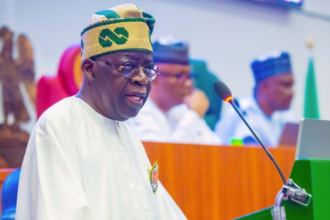
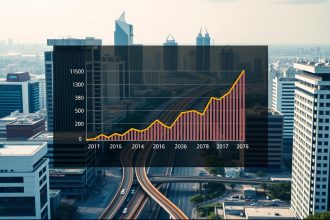
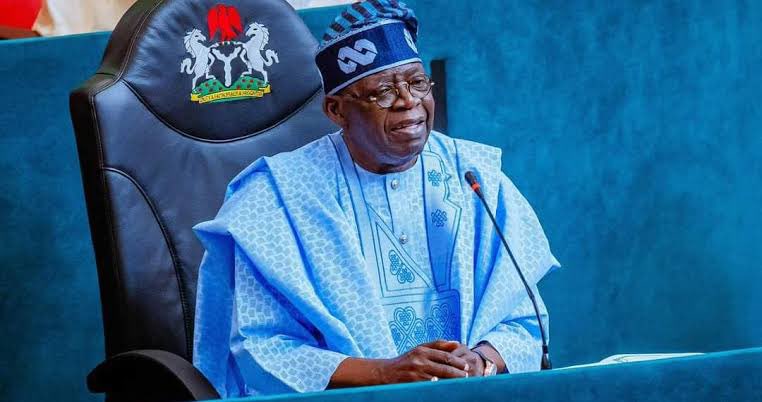



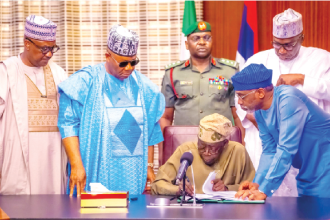
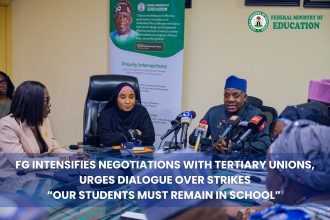
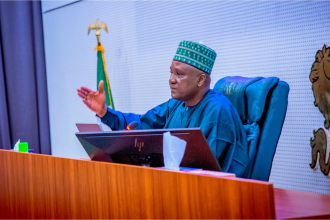
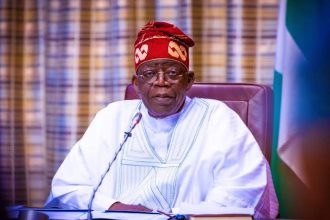
https://t.me/battle_games_com_bot/start?startapp=frndId1891914791
10$ for Signup